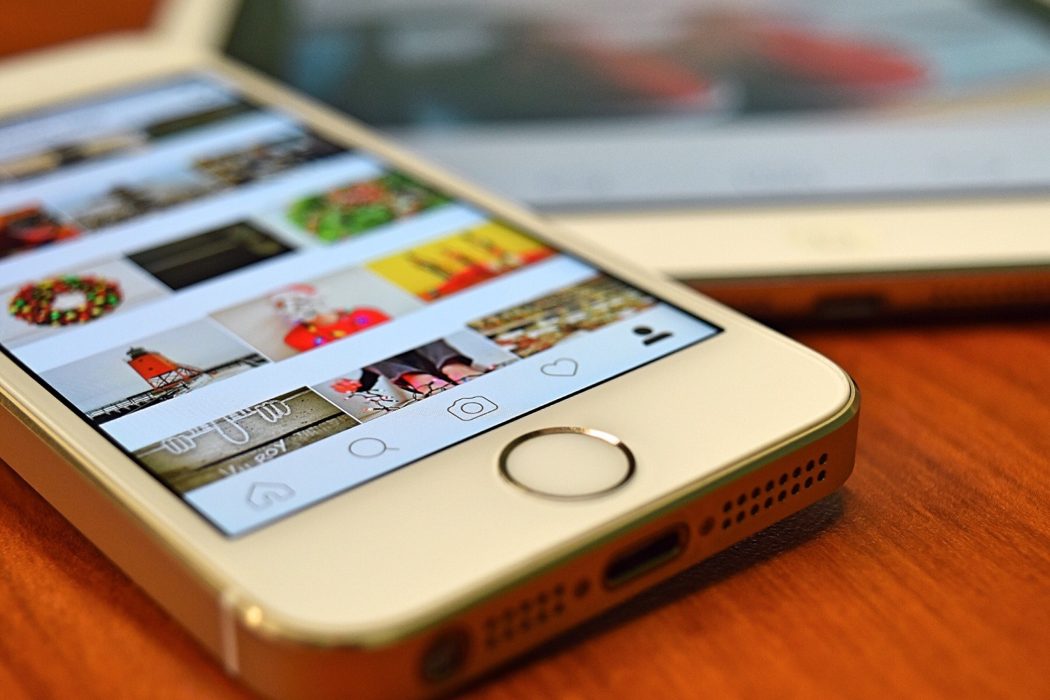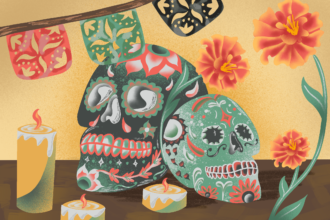Margaret Atwood’s 2004 novel Oryx and Crake imagines a nightmarish future in which a handful of mega-powerful corporations control the world. Advanced bioengineering breeds monstrous, mutated pigs to mass-produce organs for human transplantations. The upper-class live in tightly secured suburbs, while the general population roams through polluted urban centres.
Yet perhaps the most chilling prediction in Atwood’s novel concerns a pharmaceutical company called HelthWyzer. The corporation perennially unleashes new diseases upon the public and then sells the cures for exorbitant prices. This strategy earns the company praise and profit for solving problems which, unbeknownst to the public, it created.
Atwood’s dystopias have become bleakly prophetic lately. Pro-choice activists donned red handmaid robes to protest the Alabama State Senate’s vote to ban abortion earlier this month, symbolizing how curtailing reproductive rights mirrors the oppressive theocracy found in The Handmaid’s Tale. The University of California recently developed pig hosts for organ transplants eerily similar to the freakish hybrids mentioned in Oryx and Crake. On a quieter scale, the HealthWyzer poison-cure gambit is also playing out in North America, except not through our pharmaceutics. Instead, this dynamic is seeping into the changes and discussions around Canadians’ social media feeds during the past few weeks.
With the rise of social media monoliths like Instagram, Facebook, and Twitter, ‘likes’ have become yet another form of social currency to accrue and compare.
Recently, Instagram began trialling a new feature in which one can no longer see the number of ‘likes’ a post receives. While one’s own ‘like’ count is still accessible, the number is hidden on every other user’s posts. The change came abruptly, with no more warning than a popup message when users opened theirs apps one morning in early May. A spokesperson for Facebook, which owns Instagram, stated that the change’s purpose is to encourage users to focus more on the content of their feeds rather than the amount of likes they receive. For now, this change exclusively affects Canadians, but if successful, we may be seeing a “likeless” Instagram spread worldwide.
This is good news for most young people. With the rise of social media monoliths like Instagram, Facebook, and Twitter, ‘likes’ have become yet another form of social currency to accrue and compare. Today, young people expect to reach a certain threshold of ‘likes’ deemed respectable by their peers, and not meeting this standard can cause legitimate anxiety. It has also become taboo to discuss the downsides of ‘likes’—the lonely lows after the dopamine rush wears off—because voicing one’s grievances with the ‘like’ system can feel as though one is admitting to one’s own social shortcomings.
This system has birthed a nasty cycle of comparison and unrealistic expectations. A ‘like,’ ‘favourite,’ ‘retweet,’ or ‘upvote’ triggers a chemical reaction in the brain that can become addictive over time. A recent report by the American Psychological Association also reveals that over the past ten to twelve years, symptoms of depression have increased by 52% among 12 to 17 year-olds and by 63% among 18 to 25 year-olds. Researchers attributed this upswing chiefly to increased social media use over the past decade (the other leading factor was a lack of sleep). Also noteworthy is how this upswing seems to harm older cohorts at higher rates than young teens, a fact which dispels the myth that social media related anxiety is something that only affects impressionable high-schoolers.
A lack of ‘likes’ can feel like a personal attack against you, not against a distant internet persona.
Beyond this, our feeds are increasingly becoming an online extension of our own selves. A lack of ‘likes’ can feel like a personal attack against you, not against a distant internet persona. This concept can be frustrating to explain to older adults, who may not understand what it’s like to juggle multiple, curated presentations of oneself online. However, millennials and Generation Z have been grappling with this feeling ever since we first decorated our Club Penguin igloos.
I am not suggesting that Instagram—or any social media behemoth for that matter—is nearly as nefarious as the transnational corporations that govern Atwood’s Maddadam trilogy. Social media connects different groups of people and provides platforms for individuality and self-expression. If wielded wisely, these apps can also foster communities that would otherwise never exist. (Take, for example, crowdfunding initiatives, which would not create change nearly as effectively if not for their appearance in Facebook newsfeeds or Instagram stories.)
Instagram may improve our well-being by removing ‘likes’ from our social media feeds, but they are also doing so to encourage us to post more and spend more time on their platform.
Still, if Atwood’s grim dystopias can teach us anything, it’s that corporations are not necessarily our friends. They are organizations designed for profit, and while they can certainly do some good on the side, any goal other than amassing money will always be peripheral. Instagram may improve our well-being by removing ‘likes’ from our social media feeds, but they are also doing so to encourage us to post more and spend more time on their platform. Instagram leaked the ‘like’ disease into our water supplies years ago, so we cannot decide to praise them now for suddenly introducing the cure.
A ‘likeless’ Instagram is a good first step to making these apps a safer and gentler space for young people, but it cannot be the only step. Moving forward, we must also aim to control the amount of time we spend online, the accounts we follow, and the passive way we allow curated feeds to distort our views on life. Most importantly, this agency must come from us, the consumers and users of these apps, not the increasingly Atwoodian corporations.








